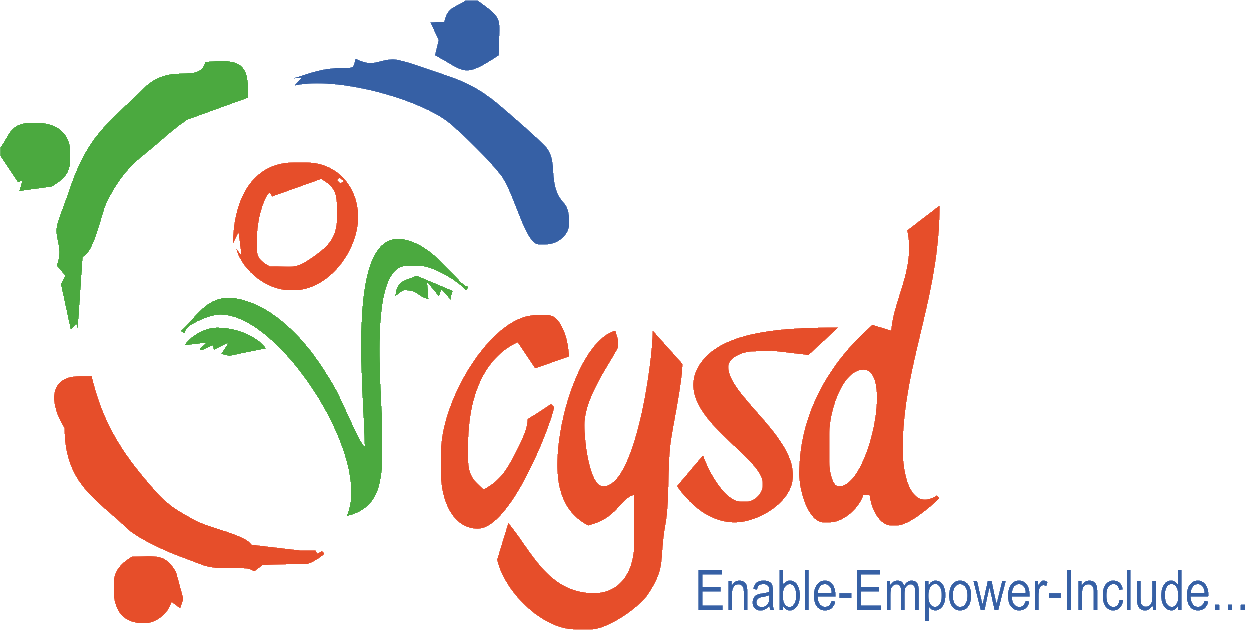Distress Migration forces children to remain out of Schools
Odisha is one among the poorest States in the country.Lately, this state has emerged as a cheaplabour stop for all parts of India, owing to which the state faces emigration issues. Migration in Odisha is mostly influenced by the developmental structure of the nation. It involves closely knit aspects of social, cultural and political factors of migration. In economic sense migration is perceived as, when a person is engaged or likely to engage in a remunerative activity in a place where he is not a native or national. Migration reflects the human endeavour to survive in most challenging condition both in natural and manmade. In the context of globalization, we find serious income inequality or disparity, distress agrarian structure, inadequate employment generation and vast informal sector growth leads to the migration from rural to urban areas. Even the magnitude of distress migration is high in socially vulnerable section of society i.e. SCs and STs as the rate of exploitation and inequality is high among them.
In Odisha, we would commonly notice seasonally distressed emigration in the rural and tribal districts. The reason being that a large portion of population of the State are from rural areas and their main occupation is agricultural activities which is highly monsoon dependant (single crop) with poor agricultural infrastructure. The emigration session in Odisha can be commonly observed during October-June. During the rest of the months fromJune to October, these farmers remain at home to cultivate their land. They take loans from the village head or middleman (from informal source) for doing agricultural activities like terracing of land, purchasing of fertilizer and pesticides etc. or perform social activities like marriage of son or daughter etc. which then gives rise to debts, damage of shelter, loss of standards of living and food insecurity.
Seasonal distress migration also promotes child labour rapidly. Poor families with no additional support in their villages tag along their children with them when they migrate for work. The wage being the bread winner, draws those minor children into work. The mistreatment of migrant children are aggravated because they do not have access to the kinds of support which non-migrant children automatically have. They do not have chance to go to school or develop themselves being out of their homeland. Even where migrant children have access to school, the status of government schools in the migration prone regions is dismal. Poor education possibilities push children further into migration. As a result of large-scale enrolment drives the names of most migrant children are now on school rolls, but in reality they are often out of school, and again being drawn into labour at work sites, and falling irreversibly into the annual cycle of migration; they find themselves in a vicious cycle.
